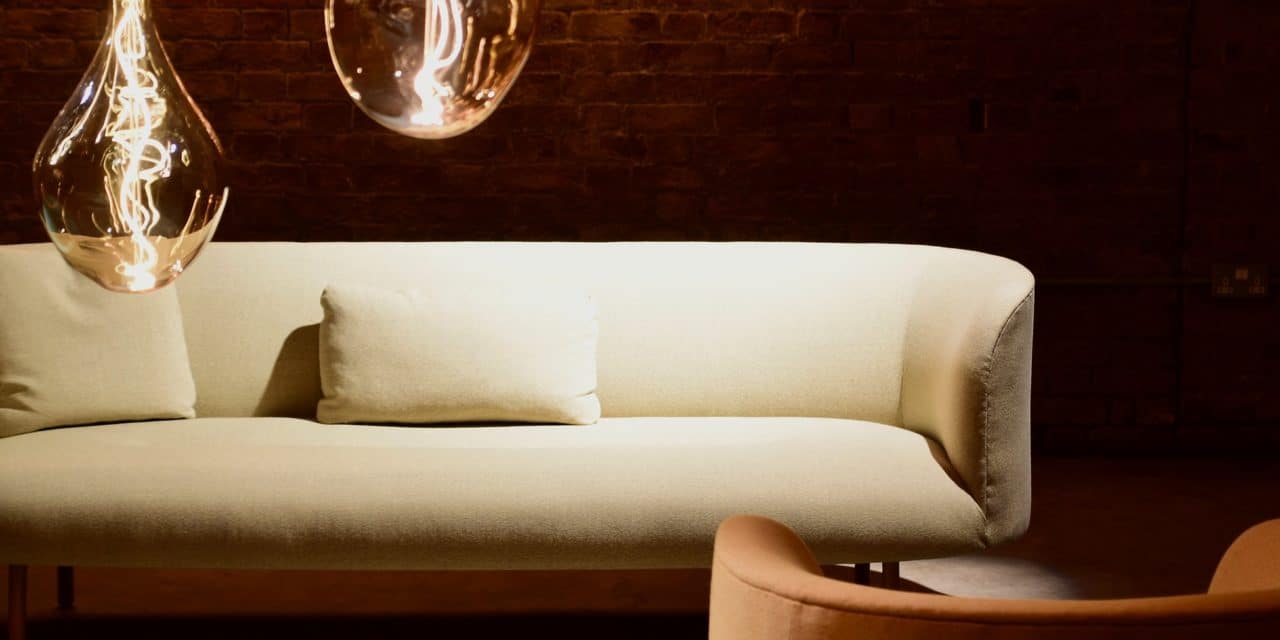[ad_1]
The model train needs a strong and sturdy surface to allow tracks to accommodate stationary and moving trains. The surface needs to be level, smooth, and support the weight of a train with its decorator items. The decorator items include buildings. Light poles, scenery, miniature people, animals, cars and trucks, and other accessories.
The model train can run on tracks that are placed onto wood or other flat supporting surfaces. When we receive our first train set we are not prepared with a platform. In our excitement to play with our new train, we place the tracks on the floor.
Do not place the tracks on scalloped designed or shaggy carpets. The unevenness or length of the fibers will cause the train to wreck or wheels to tangle in carpet threads.
The train table is home for a train display and power supplies.. It also serves as a convenient workbench for the operator or train conductor..
There are prefabricated train tables available that can be assembled in a short amount of time, or you may choose to build a train table. Anyone who can handle a hammer or an electric drill can build a simple table with a sheet of plywood. Carpentry knowledge and skills are helpful to build more complex table setups.
A small train table measures 4′ x 8′ with four legs between 32″ and 42″ tall. The height of the table is determined by the operator for ease in working one or more trains while sitting or standing. This is a simple table to make and I recommend viewing “Lionel Building a Train Table” on YouTube for measurements and building details.
3 Table Types:
- Simple
- Wall-mounted
- Multi-deck
Tips:
- Think and draw plans before starting to build. Plans are subject to change.
- Design table to allow future cut-aways or additions.
- Make both stationary and portable tables.
- Include spacing for scenery and props.
The simplest tabletop to make is to use the top of a discarded dresser top, piano, or coffee table and add 4 legs made from 2″x 4″ boards. Depending on the height of the table the legs will need cross braces for support. The braces discourage table from wobbling or vibrating while the train is in motion.
The wall-mounted and multi-deck types will require advanced carpentry skills.
There are many facets to this hobby. The two most important are carpentry and electrical knowledge. Setting up trains is an educational hobby and there is much to learn. This hobby is enjoyable and learning will be pleasurable.
[ad_2]
Source by Tricia Deed


